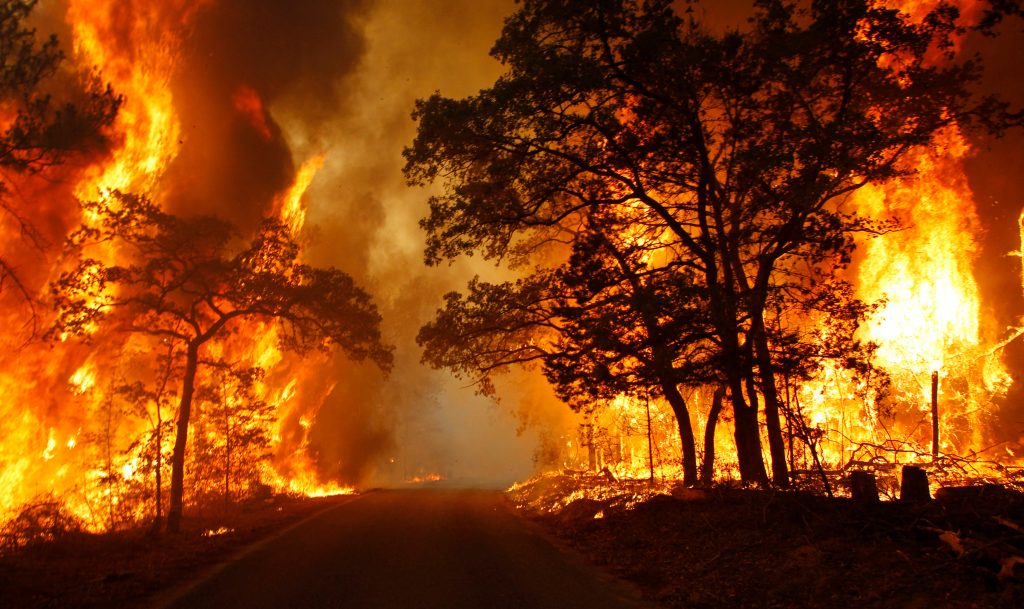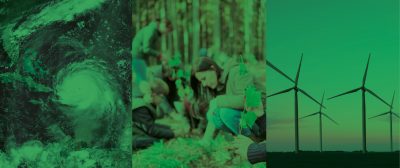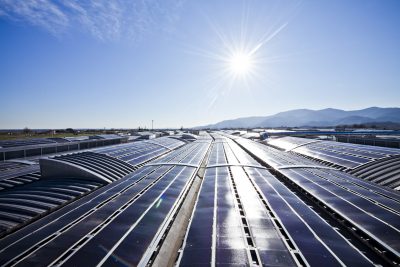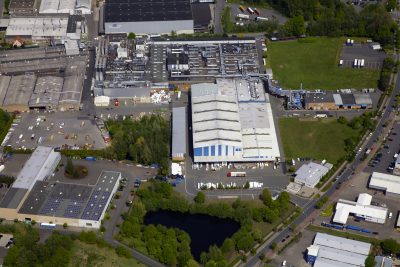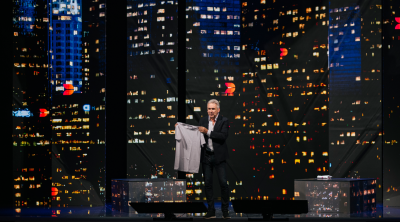Future talks to Dr Matthew Blackett about how humans cause – and could possibly control – wildfires in an ever-changing climate
Wildfires made international news headlines multiple times throughout summer 2023, with the devastation of the town of Lahaina on Maui, Hawaii, drawing particular concern for the scale of the destruction: it is estimated that 80% of the historic port, including the famous Front Street, has suffered irreparable damage. In Greece, July saw the evacuation of tourists from the island of Rhodes in the face of a threatening conflagration, and a wildfire north of the city of Alexandroupoli was declared in August to be the largest ever recorded in the EU since records began in 2000.
The increasing prominence of wildfires in the media this year is not the product of a slow summer news day. Wildfires are being fanned into ever more destructive flames as a result of climate change and merit far more serious global attention as Dr Matthew Blackett, Associate Professor in Physical Geography and Natural Hazards at Coventry University in the UK, explains.
“A fire, whether it was wild or otherwise, needs a spark,” he says. “It needs an ignition, and most wildfires that we’ve seen of late have had a human spark.”
Be that arson, out-of-control campfires or, as in Maui’s case, hurricane winds bringing down power lines, wildfires rarely occur naturally. Lighting strikes can cause conflagrations, but these are usually controlled by the rains which accompany such storms.
Wildfires, then, are a type of natural disaster caused by human error and are only being made worse due to climate change. Dr Blackett argues that the term ‘global warming’ in reference to rising temperatures is less useful than ‘climate change’: “[While] I don’t think anywhere in the word is getting colder, some [regions] are getting wetter, some are getting drier, so it’s the whole climate that is changing, not just global warming.”
“A fire, whether it was wild or otherwise, needs a spark. It needs an ignition, and most wildfires that we’ve seen of late have had a human spark”
Dr Matthew Blackett, Coventry University
Global temperatures rise
The science behind climate change is familiar to most these days: even since the Industrial Revolution of the 19th century, humanity has been pumping our carbon dioxide which in turn traps the sun’s heat and is causing the globe’s temperatures to rise. One of the key consequences this has for wildfires is regions that used to experience regular rainfall are now getting drier every year, with parched trees and grasses far more susceptible to catching flame. Dr Blackett points to Hawaii, Southern Europe, and California as key examples of areas facing wildfires of increasing magnitude and frequency as a result.
Aside from pumping out carbon dioxide, human encroachment on the natural landscape has heightened the potential for wildfires. Hawaii, before it became a tourist destination, was home to large cattle ranches, and to make space for these the native vegetation was destroyed to make way for cows and grass plains. This development turned large parts of Maui into a ‘savannah’ which, thanks to this year’s dry summer, made effective tinder for the small fire around the power lines.
Without the spread of cattle ranching, “the vegetation on the [Hawaiian] islands would be much more what you expect of Hawaii, rainforest succulents and those sorts of things that have evolved with their rainfall,” explains Dr Blackett. “Any fires that would have developed wouldn’t have gone so far and been so intense – that moister vegetation would have stopped it from spreading.”
Aside from rewilding, the question remains of what can be done to protect communities from the devastating effects of wildfires. The Intergovernmental Panel on Climate Change (IPCC) argues that it is still possible for humanity to halt any further rise to global temperatures but warns that the globe is unlikely to get any cooler. Wildfires therefore remain a permanent risk to many communities and the scientific community is working hard to mitigate that.
How technology – and the global community – can help
Dr Blackett says that in future satellite imagery combined with Artificial Intelligence (AI) can do much to predict where wildfires are most likely to appear based on local climactic factors and detecting early signs of fire, such as smoke.
“I think the situation it’s going to be, rather than us being able to stop these things, is to provide some sort of warning that a wildfire is either imminent or a wildfire is there and it’s on its way,” states Dr Blackett. “The importance is going to be getting early warnings in place so that people can be evacuated, and firebreaks can be created.”
“The importance is going to be getting early warnings in place so that people can be evacuated, and firebreaks can be created”
Dr Matthew Blackett, Coventry University
Firebreaks can take several forms, from the tactical destruction of trees to building roads and replanting native succulents. Yet Dr Blackett warns these strategies must also be implemented with care: “Again, that’s humans going in and altering the environment, which is one of the reasons why we’re [threatened by wildfires] in the first place.”
He also cautions that a distinction should be made between higher-wealth communities who have chosen to live in an area at risk of wildfires, and those who haven’t but live there by necessity and have done for thousands of years, for example in the Amazon.
When it comes to wildfires, the global community must keep in mind that those that suffer most from climate change are those who have done the least to contribute to it through their carbon emissions. Hawaii and Greece, thanks to being a part of the USA and the EU respectively, can afford to implement better wildfire protection and attract widespread media attention thanks to their status as tourist hotspots. Communities in sub-Saharan Africa and remote Brazil, ravaged by wildfires yearly, aren’t so lucky.

